Leaving St. Louis, on 14 May 1804, the flotilla crosses the present state of Missouri. At St. Charles, they wait for Lewis and attend Catholic mass. The quickly learn of the struggles and hazards presented by the Missouri River. At the Kansas River, they build a ‘redoubt’ in case the Kansas Indians attack. They then follow the river north along the present-day Kansas and Missouri border.
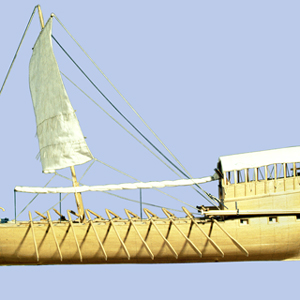

Meriwether Lewis listed a “Keeled Boat” in his pre-expedition shopping list, but after he finally got it, he and the other journalists of the Corps of Discovery simply called it “the boat” (190 times) or, less often, “the barge” (32 times).
Searching for Lead
by John W. Jengo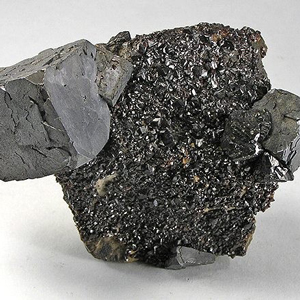

In the afternoon of 4 June 1804, William Clark decided to investigate the purported occurrence of lead in the vicinity of a rather unique prominence he named “Mine Hill,” but which is known today as Sugar Loaf Rock. The search was unsuccessful, but Lewis’s previous inquiries while in St. Louis resulted in 11 specimens sent to Thomas Jefferson.
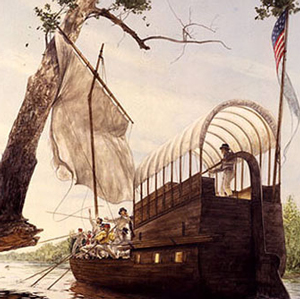

“So far, we have experienced more difficulty from the navigation of the Missouri, than danger from the Savages. The difficulties which oppose themselves to the navigation of this immence river, arise from the rapidity of it’s current, it’s falling banks, sandbars, and timber”
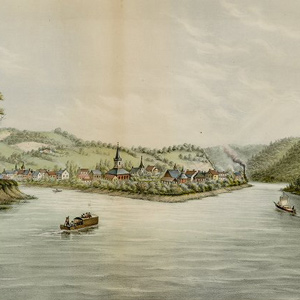

The Corps of Discovery, as it would be called, or the “corps of volunteers for North Western Discovery,” as Lewis put it, epitomized the rising glory of the United States—its sense of limitless possibilities and unparalleled opportunities.
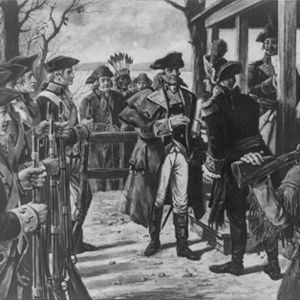

In 1804 and in the presence of the Lewis and Clark expedition the little village, built and designed to be an outpost of the fur trade, shed its ambiguous Spanish-French parentage and took on full American citizenship.
The Mouth of the Missouri
by Joseph A. Mussulman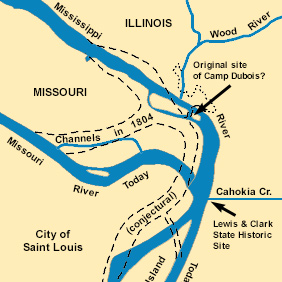

The Missouri River still contributes its tint a few miles north of St. Louis. It is difficult to determine exactly how much, and how often, the confluence of the Missouri and the Mississippi Rivers changed during the nine decades after the Lewis and Clark Expedition.
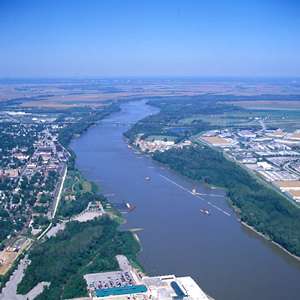

With Captain Clark in sole command, the Corps of Volunteers for North Western Discovery left the mouth of Wood River on 14 May 1804. The flotilla was comprised of the barge and two pirogues. Clark and the men “proceeded on under a jentle brease,” bound for St. Charles.
May 14, 1804
Leaving Camp River Dubois
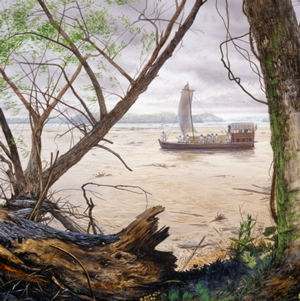

Clark and most of the men leave winter camp at the River Dubois and begin their journey up the Missouri. Several enlisted men begin their journals while in St. Louis, Lewis makes final preparations.
Church in St. Charles
by Joseph A. Mussulman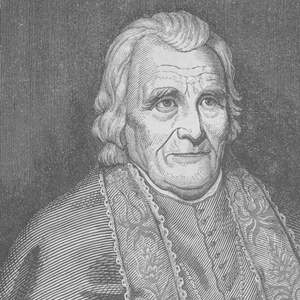

On the first Sunday after leaving Camp River Dubois, Joseph Whitehouse wrote that some of the party “went to church, which the french call Mass, and Saw their way of performing &c.”
May 23, 1804
Lewis escapes death
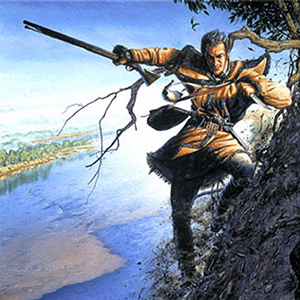

Lewis climbs the pinnacles of Tavern Rock, slips, and manages to escape with the help of his knife. In Tavern Cave, Clark adds his name among the graffiti left by earlier travelers.
May 24, 1804
The Devil's Race Ground
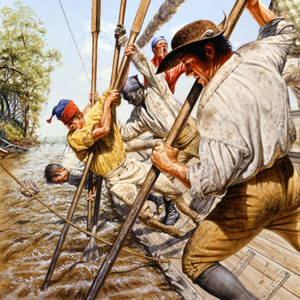

In the Devils Race Ground, the enlisted men and engagés struggle to move the boats against strong currents and shifting sands. They must go back down the Missouri two miles and try a different channel.
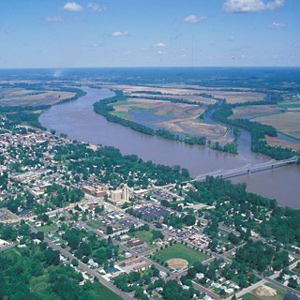

On 25 May 1804, about forty river-miles above St. Charles, the expedition camped near a small village at the mouth of a creek called Charrette. Its seven French families had arrived only a few years before. The family of Daniel Boone moved there sometime after 1804.
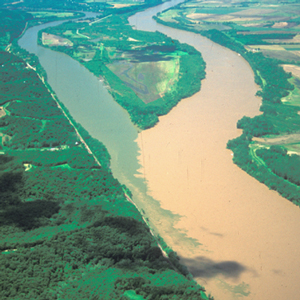

On 1 June 1804, the expedition arrived at the mouth of the Osage River, one of the major Indian trail intersections on the lower Missouri. From the height on the point, Clark wrote: “I had a delightfull prospect of the Missouries up & down, also the Osage R. up.”
June 4, 1804
Climbing Sugar Loaf Rock
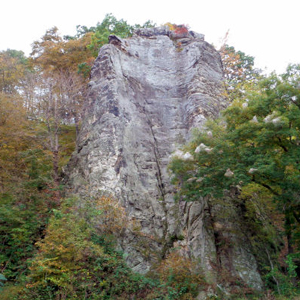

A “nightingale” sings all during the night. During the day, a rope catches on a tree and breaks the barge’s mast. Clark ascends a high hill—now called Sugar Loaf Rock—with hopes to find lead ore.
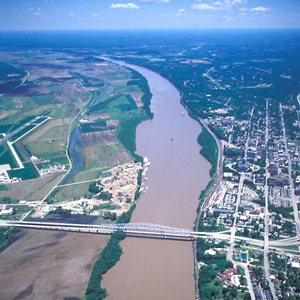

On Sunday, 3 June 1804, the expedition left its camp at the mouth of the Osage River and proceeded five miles upstream to the mouth of the Moreau River. There, Clark wrote, he and George Drouillard, “Saw much sign of war parties of Inds. having Crossed from the mouth of this Creek.”
June 7, 1804
"white red & blue flint"
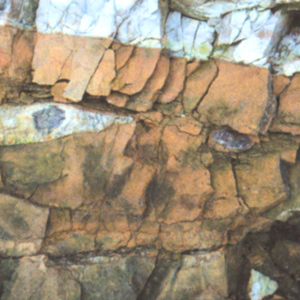

As they travel up the Missouri, the journalists have noticed images painted and carved on the limestone bluffs. Today, Clark finds rattlesnakes and cliffs inlaid with “white red & blue flint”.
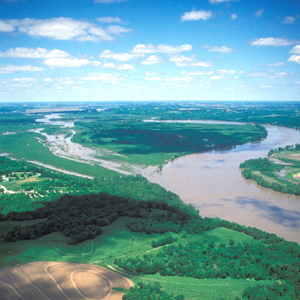

It was a hard and dangerous day’s work getting past the wooded bluff called Arrow Rock on 9 June 1804. It was a “disagreeable and Dangerous situation,” wrote Clark.
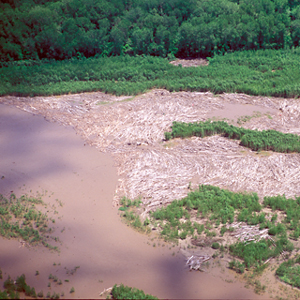

The Missouri spawned countless hazards such as a drift or raft of logs—an embarras, or “obstacle,” as the French engagés called it.
June 12, 1804
Old Dorion signs on


Near present Dalton, Missouri, the expedition meets a contingent of boats led by fur trader Pierre Dorion, Sr. He agrees to join as an interpreter, and one expedition member is sent back to St. Louis.
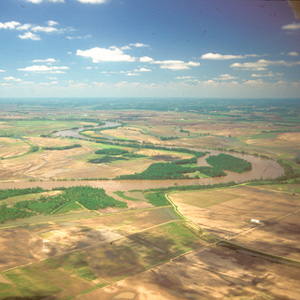

On 16 June 1804, Clark took a long walk through a “butifull extensive Prarie” to look for an old fort on Evans’s map, built by the French thereabouts more than eighty years earlier. The party spent three days here making new oars and ropes, and hunting.
June 17, 1804
Rope Walk Camp
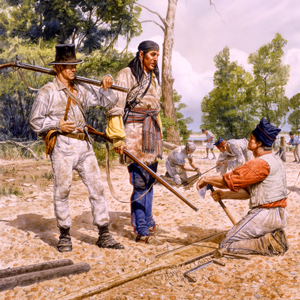

Near a traditional river crossing and present-day Waverly, Missouri, the expedition stops to make new rope and oars. The French engagés ask for more food, and several men suffer from boils and dysentery.
The Kansas River
by Joseph A. Mussulman

Clark was informed by one of the engagés who had traded along the Kansas that the river took its name from the Indians known as the Kanzes, or Kaw, nation which at that time dwelt on its banks.
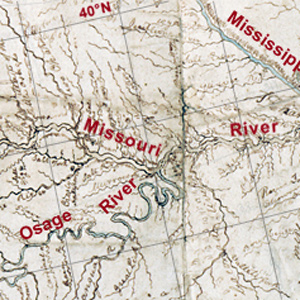

Celestial observations at the Kansas and Missouri river confluence began shortly after 8 a.m. on 27 June 1804. The first observation would provide the data necessary to calculate the magnetic declination.
June 29, 1804
Sneaking whiskey
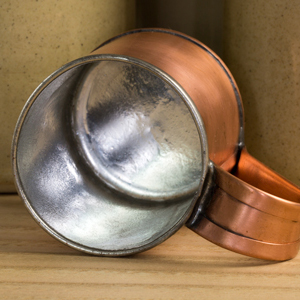

Before leaving the mouth of the Kansas River, Collins and Hall are tried for sneaking whiskey. In the evening, the barge nearly sinks before they encamp near present Riverside, Kansas.
July 4, 1804
Independence Day


North of present Atchison, Kansas, a swivel gun is fired, an extra gill of whiskey is issued, and Independence Creek is named to honor the Fourth of July. Pvt. Joseph Field is bitten by a snake.
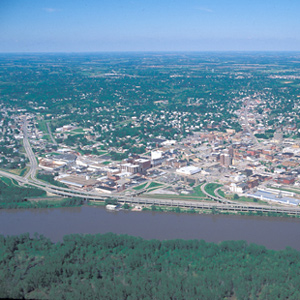

Pvt. Robert Frazer came close to being the expedition’s first fatality, for he was “verry Sick, struck with the Sun.” Probably his affliction would be diagnosed today as either heat exhaustion or sunstroke.
July 12, 1804
Willards' court martial
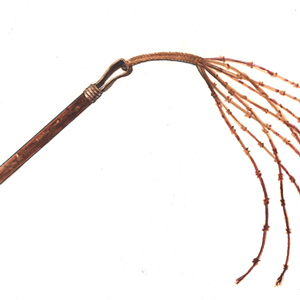

The expedition takes a day at the Big Nemaha River to rest and wash clothes. Pvt. Willard is tried and found guilty of sleeping while on guard duty. His sentence is “One hundred lashes on his bear back”.
July 17, 1804
A day at 'Bald Pated' Prairie
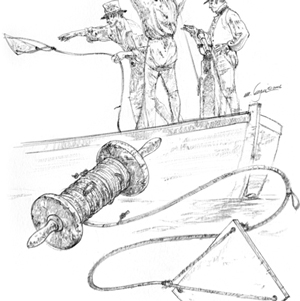

At a “Bald Pated Prairie” near the present Iowa-Missouri border, the Missouri’s current is measured using a log line, reel, and ship, mosquitoes come and go, and tumors trouble several of the party.
